Top Strategies to Overcome Fear of Nonprofit Fundraising
 How often have you heard someone say “I hate fundraising; I’ll do anything else,” or something along those lines?
How often have you heard someone say “I hate fundraising; I’ll do anything else,” or something along those lines?
Every time I hear this, my response is to get curious. “What makes you say this? How does fundraising make you feel?” Generally I’ll get a range of responses; mostly they boil down to some variation on the theme of FEAR.
Board members aren’t lazy because they’re afraid of asking for money. Your staff aren’t slackers because they fear fundraising. They’re just scared, and need help overcoming their fears and anxieties. That’s your job if you’re the fundraiser!
Today we’re going to look at how to get around these fears, so you can turn reluctant fundraisers into ready ones. Honestly, it’s not rocket science; it’s just not something most of us are taught. Very few people are “natural fundraisers,” so falling back on “some people are good at this; others are not” is neither true nor helpful. Everyone can become good at facilitating philanthropy – once their fears are addressed.
How to Overcome Fear-Based Barriers to Fundraising
It’s the job of a nonprofit’s leadership to work with insiders and stakeholders (staff and volunteers) to help them feel both passionate about the cause and confident in the fundraising process. Below you’ll find some top strategies to address challenges within your own organization so you can transform folks from fearful and reluctant to joyful and ready fundraisers.



 I’ve created for you a little “Declaration of Fundraising Independence” to help you become a fruitful philanthropy facilitator from this day forward.
I’ve created for you a little “Declaration of Fundraising Independence” to help you become a fruitful philanthropy facilitator from this day forward. No one can do it alone, sitting in their own little corner.
No one can do it alone, sitting in their own little corner.

 The Lilly Family School of Philanthropy projects total giving will grow by an estimated 4.1% in 2021. So you can’t use the pandemic as an excuse for raising less money in the year ahead.
The Lilly Family School of Philanthropy projects total giving will grow by an estimated 4.1% in 2021. So you can’t use the pandemic as an excuse for raising less money in the year ahead.

 13 happens to be my lucky number. I want it to be lucky for you too.
13 happens to be my lucky number. I want it to be lucky for you too.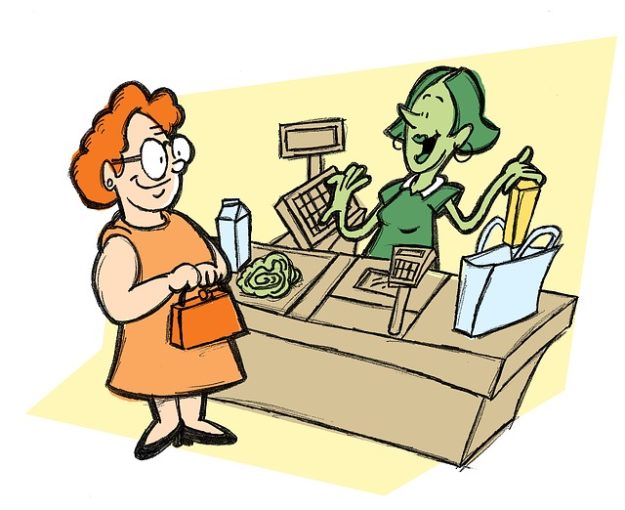
 The Unfair Exchange
The Unfair Exchange
 If I had to tell you what you need to do to succeed with major gift fundraising in one sentence it would be this:
If I had to tell you what you need to do to succeed with major gift fundraising in one sentence it would be this:

 Probably not as much as you might think.
Probably not as much as you might think.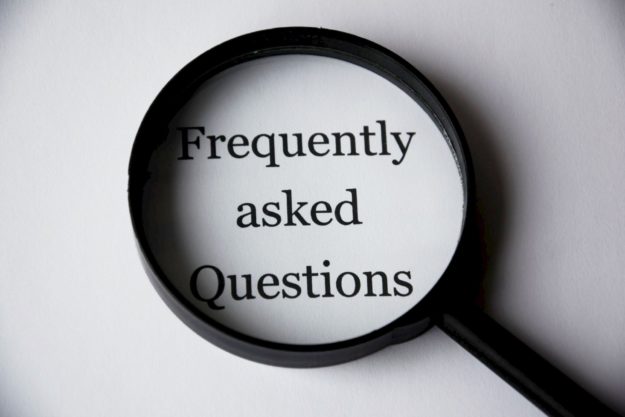
 If I had to tell you what you need to do to succeed with major gift fundraising in one short paragraph it would be this:
If I had to tell you what you need to do to succeed with major gift fundraising in one short paragraph it would be this:



 Does your nonprofit promote stock gifts? You should!
Does your nonprofit promote stock gifts? You should!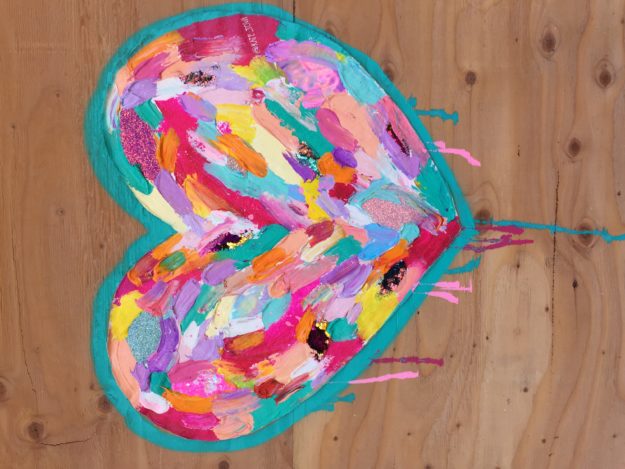


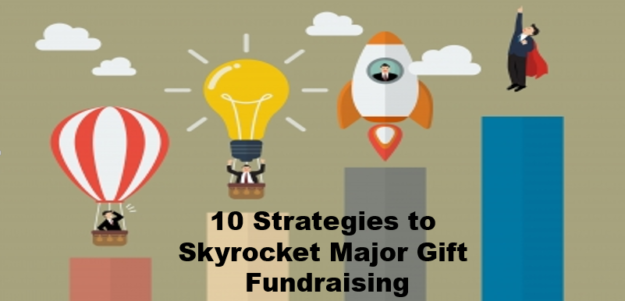
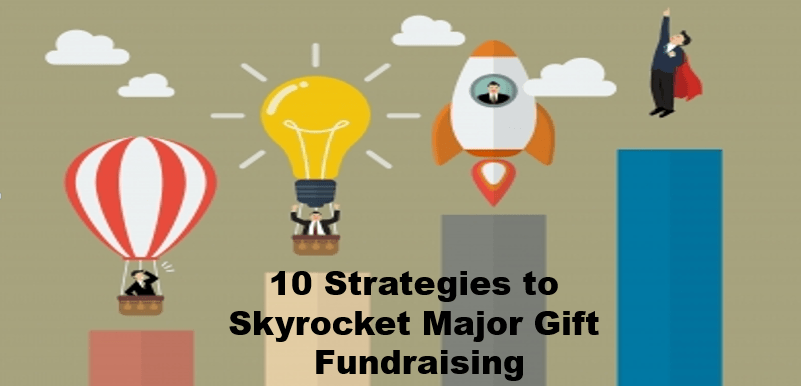 “Begin at the beginning and go on till you come to the end; then stop.” So wrote Lewis Carroll in Alice in Wonderland.
“Begin at the beginning and go on till you come to the end; then stop.” So wrote Lewis Carroll in Alice in Wonderland.
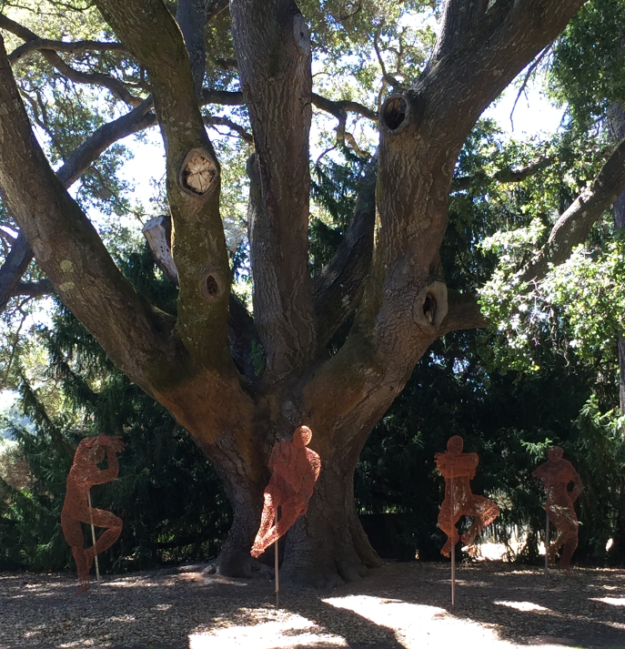
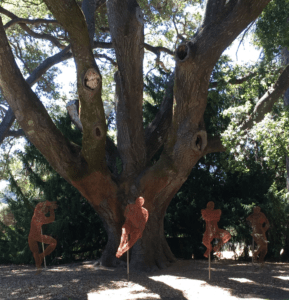 Early in my career I received a piece of fundraising advice that has stuck with me to this day:
Early in my career I received a piece of fundraising advice that has stuck with me to this day:
 These days you’re likely communicating with constituents digitally more than ever before.
These days you’re likely communicating with constituents digitally more than ever before.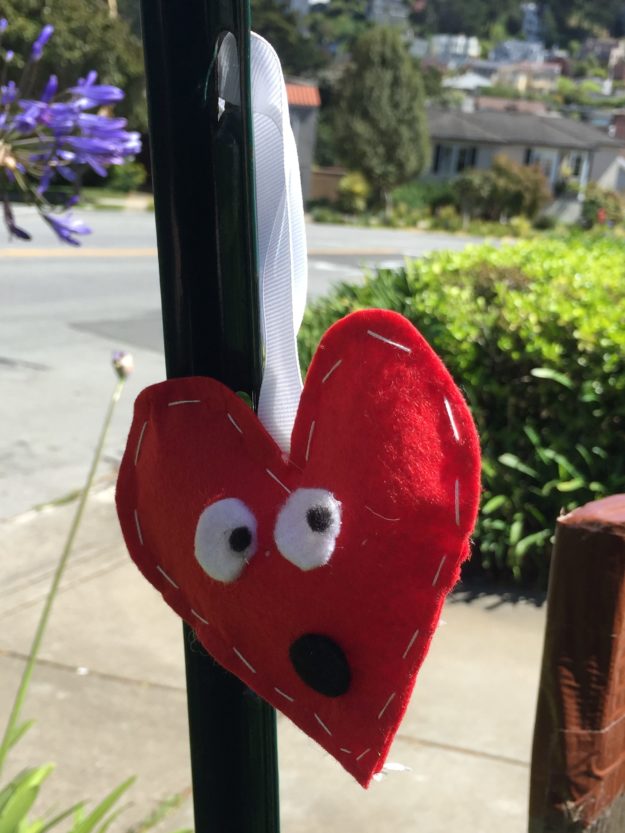
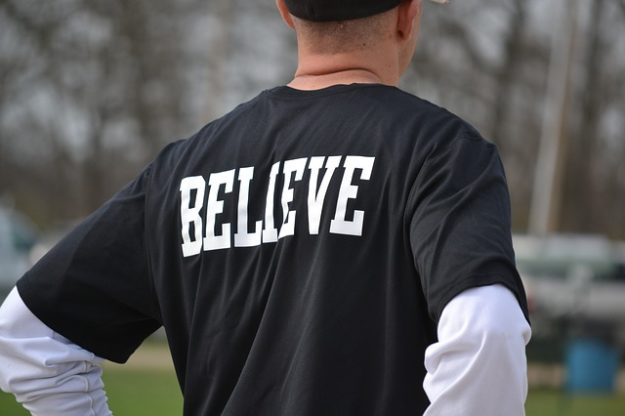

 Connect, Connect, Connect – with Everyone!
Connect, Connect, Connect – with Everyone!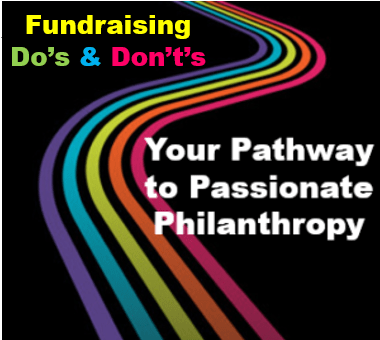


 I’m excited to share three easy tips with you, and the results are measurable. Do these things and you’ll be able to tell if they impact your bottom line!
I’m excited to share three easy tips with you, and the results are measurable. Do these things and you’ll be able to tell if they impact your bottom line!
 The major gift journey is a synergistic one. You see, it’s both your journey and your donor’s journey.
The major gift journey is a synergistic one. You see, it’s both your journey and your donor’s journey.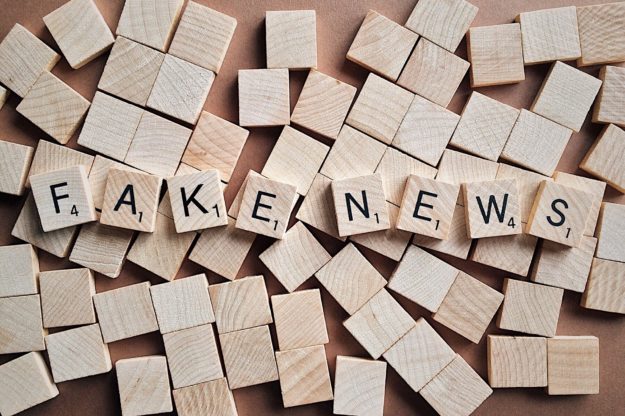
 There’s a lot about fundraising folks take for granted. And not in a good way. Because… much of it is untrue!
There’s a lot about fundraising folks take for granted. And not in a good way. Because… much of it is untrue!


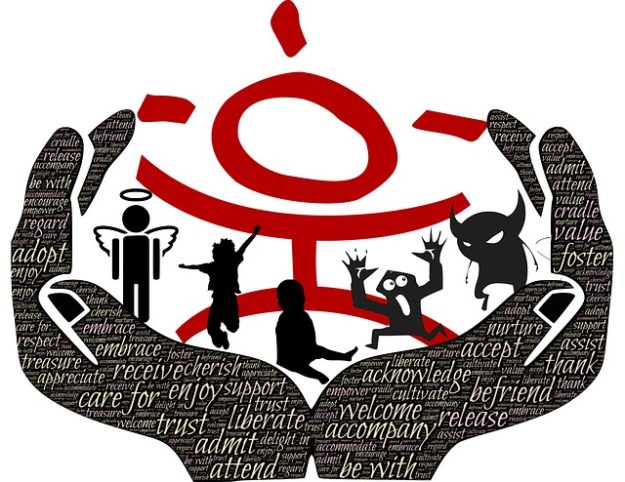
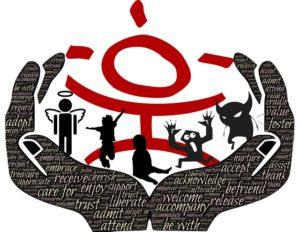 When people give to you for the first time, often they know very little about you. Perhaps they found you through a link on social media. Or organic search. Or through a friend who emailed them a link to your appeal.
When people give to you for the first time, often they know very little about you. Perhaps they found you through a link on social media. Or organic search. Or through a friend who emailed them a link to your appeal.
 Wondering where fundraising is heading in our highly networked, overly saturated, noisy-as-all-get-out post-digital revolution world?
Wondering where fundraising is heading in our highly networked, overly saturated, noisy-as-all-get-out post-digital revolution world?








 Can the act of philanthropy make people feel better?
Can the act of philanthropy make people feel better?